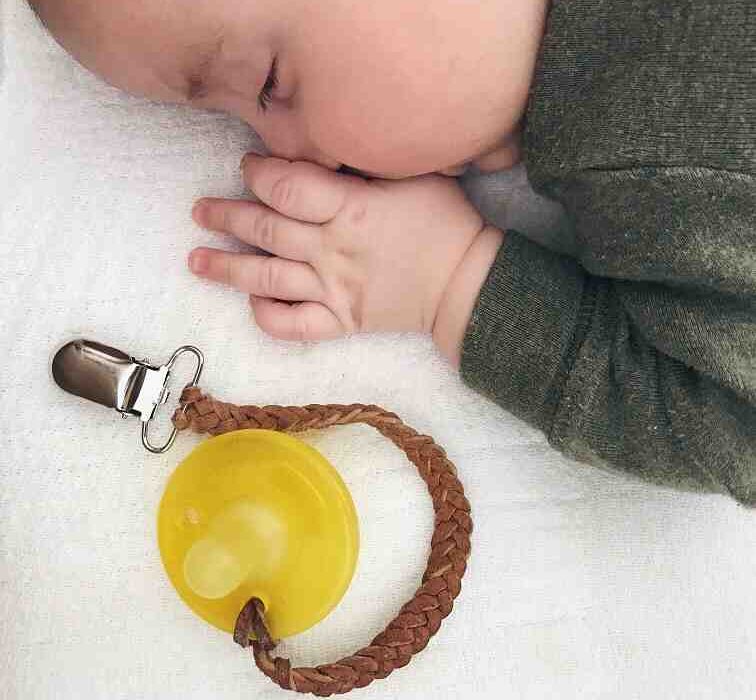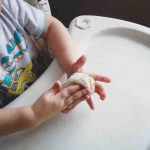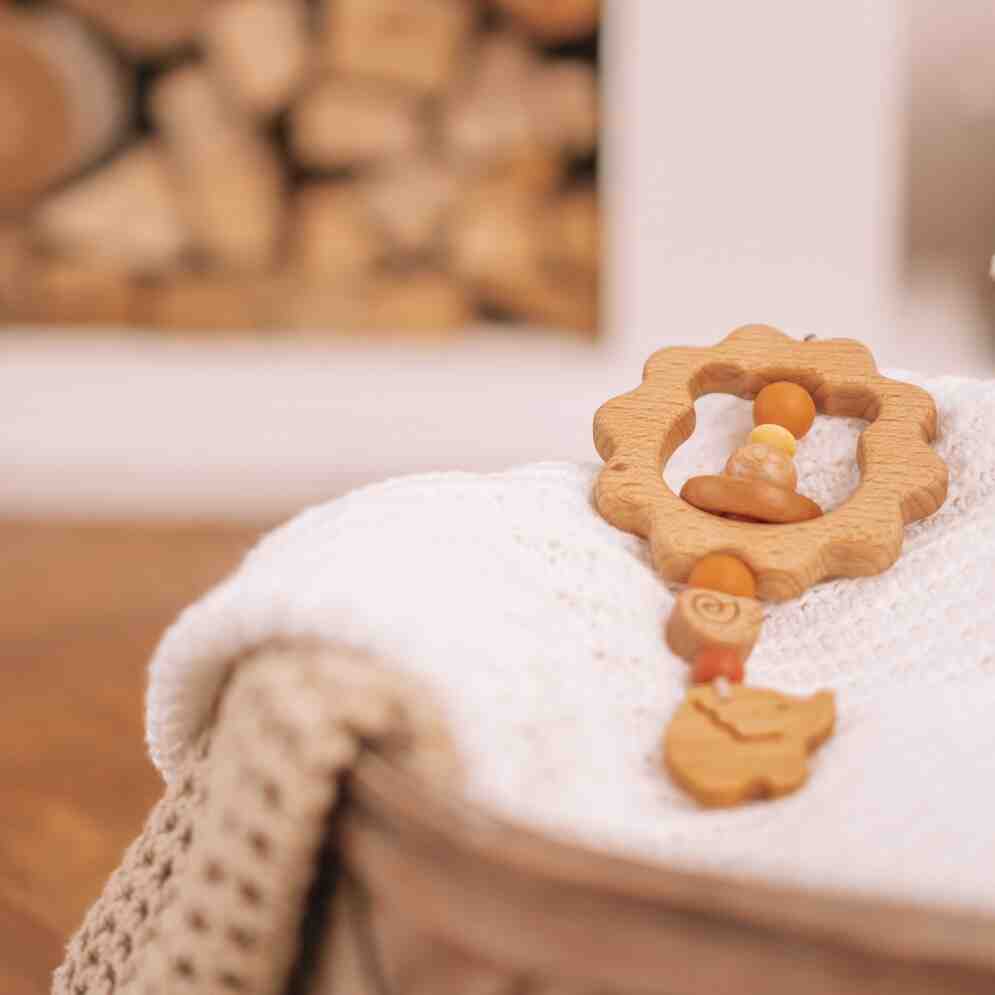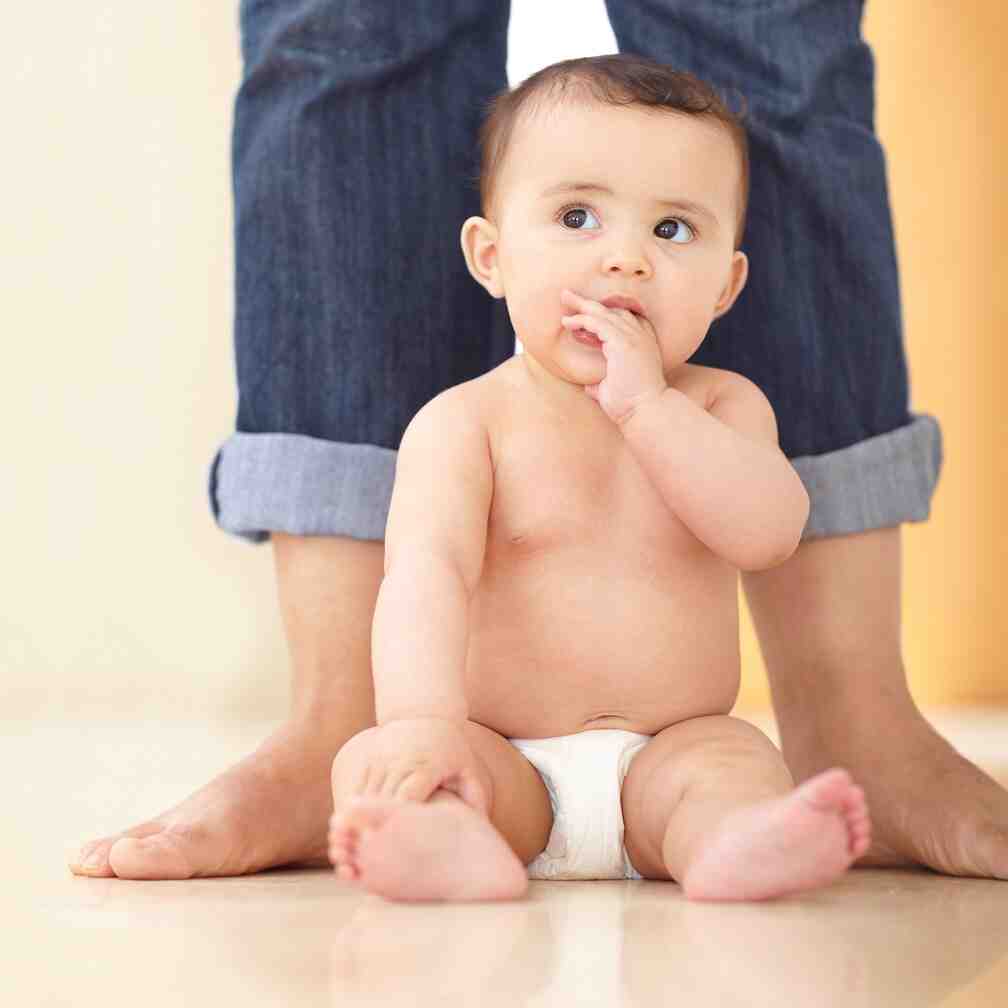Do Teethers Really Help? Myths vs. Facts
Teething is one of the major milestones in a baby’s development, but it can also bring about a great deal of discomfort for both babies and parents. In an effort to soothe the pain and help their little ones through this often difficult time, many parents turn to teething toys, or teethers, as a potential solution. But do these toys really help? There are a lot of myths surrounding teething and their effectiveness, and it’s easy for parents to get confused about what’s true and what’s not.
In this article, we’ll explore some common myths and facts about teethers to help you better understand how they can aid your baby during this time.
Myth 1: Teething Toys Work Like Magic to Stop All Teething Pain
Fact: While teethers can provide some relief, they are not a cure-all for teething pain. Teething pain is caused by the pressure of the emerging teeth pushing through the gums, which can cause swelling, irritation, and soreness. Teething toys, especially those that are chilled, can provide temporary relief by massaging the gums and offering a cool sensation that numbs the area slightly. However, they don’t stop the pain entirely.
Teething toys can help soothe your baby by giving them something to chew on, which can distract them from the discomfort. The act of chewing also stimulates blood flow to the gums, which can alleviate some pressure. However, they won’t completely eliminate the pain or prevent all teething symptoms, like drooling or irritability.
Myth 2: Any Teething Toy Will Work the Same
Fact: Not all teething toys are created equal, and choosing the right one can make a significant difference in your baby’s comfort. There are many different types of teethers available, including rubber, silicone, plastic, and fabric varieties, each offering different benefits.
For example, silicone teethers are a popular choice due to their flexibility, ease of cleaning, and ability to safely cool in the refrigerator or freezer to soothe sore gums. Hard plastic teethers may not offer the same soothing effect and can be less comfortable for babies to chew on for long periods of time.
When selecting a teething toy, consider your baby’s age, the material’s safety, and its texture. Some teethers have different textures or even nubs to massage the gums, which can be more effective in providing relief. Others may have a handle or ring, which can make it easier for your baby to grasp.
Additionally, make sure the teething toy is made from BPA-free, non-toxic materials to ensure safety. Always inspect the toy for any small parts that could pose a choking hazard.
Myth 3: Freezing Teething Toys Is Always the Best Option
Fact: While freezing teething toys can be helpful, it’s not always the best solution, and it depends on the type of teething toy you’re using. Cold temperatures can numb the gums temporarily and offer relief from the pain, but there are some important precautions to keep in mind.
Freezing hard plastic teethers can make them too cold, potentially causing discomfort or even injuring the delicate tissue of your baby’s gums. Instead, chill the teething toy in the refrigerator for a more moderate cooling effect. Some teethers are designed to be refrigerated without the need for freezing and can still provide soothing relief without being too extreme.
For certain materials like gel-filled teethers, freezing can cause the gel to become too firm, which could make it less comfortable or even unsafe for your baby. Always check the manufacturer’s instructions to ensure that the teether is safe to freeze.
Myth 4: Teething Causes High Fever and Diarrhea
Fact: Teething can cause some mild symptoms, but it does not typically cause a high fever or significant diarrhea. While it’s true that some babies may experience a slight increase in body temperature during teething, it should not exceed 100.4°F (38°C). A high fever or other serious symptoms like vomiting or diarrhea are usually not related to teething and may indicate an illness.
It’s important for parents to closely monitor their baby’s symptoms during teething. If your baby has a high fever, persistent diarrhea, or shows signs of illness, it’s crucial to consult with a pediatrician to rule out other potential causes.
Myth 5: Amber Teething Necklaces Are a Safe and Effective Remedy
Fact: Amber teething necklaces have gained popularity in recent years, with claims that the amber releases succinic acid, which is supposed to reduce inflammation and pain. However, there is no scientific evidence supporting these claims, and amber teething necklaces pose serious safety risks.
The American Academy of Pediatrics (AAP) warns against using amber necklaces for teething because they present a choking hazard. Babies may chew on the necklace, or the beads could break off, leading to the possibility of choking. Additionally, wearing a necklace around the neck can increase the risk of strangulation. For these reasons, amber necklaces should be avoided altogether.
While the idea of a natural remedy for teething pain is appealing, it’s safer to rely on proven methods like chilled teething toys, gum massages, or over-the-counter pain relief (as directed by a pediatrician) rather than risk using unsafe alternatives.
Myth 6: Teething Only Affects the Gums
Fact: While teething mainly affects the gums, it can also lead to other symptoms that might not immediately seem related. Many babies experience drooling, irritability, difficulty sleeping, and even mild ear pain or a runny nose during teething. The pressure from the teeth pushing through the gums can also cause discomfort in areas near the gums, such as the jaw and ears, which can make your baby more sensitive.
Some babies may also experience a reduced appetite or refuse to eat because of the discomfort they feel while chewing. This can sometimes be mistaken for other health issues. It’s important to recognize that these symptoms are usually temporary and will subside once the teeth fully emerge.
Myth 7: Teething Only Affects Babies Under One Year
Fact: While it’s true that teething typically begins between 4 and 7 months, it doesn’t end after the first year. Babies usually get their first set of primary teeth, known as baby teeth, over the course of the first two to three years of life. This means that teething can continue beyond the first year, although the symptoms may lessen as your baby grows.
By the time your child is about 2 or 3 years old, they’ll typically have a full set of baby teeth. However, the process of teething can vary from child to child, with some babies experiencing more discomfort than others.
Conclusion
Teething can be a trying time for both babies and parents, but it doesn’t have to be overwhelming. Teething toys can indeed provide relief for many babies, but it’s important to remember that they are not a cure-all for teething pain. It’s essential to choose the right teething toy, avoid unsafe practices (like amber necklaces), and recognize that teething pain may be accompanied by other mild symptoms.
When in doubt, always consult your pediatrician if your baby experiences unusual or severe symptoms during teething. By separating myths from facts, you’ll be better equipped to support your baby through this milestone and help them navigate the teething process with as much comfort and ease as possible.





